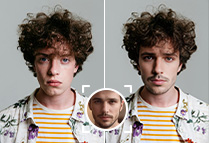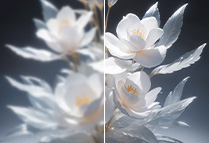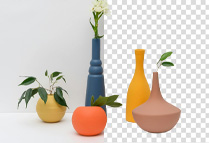The structure pulses, not with light, but with life—organic, mechanical
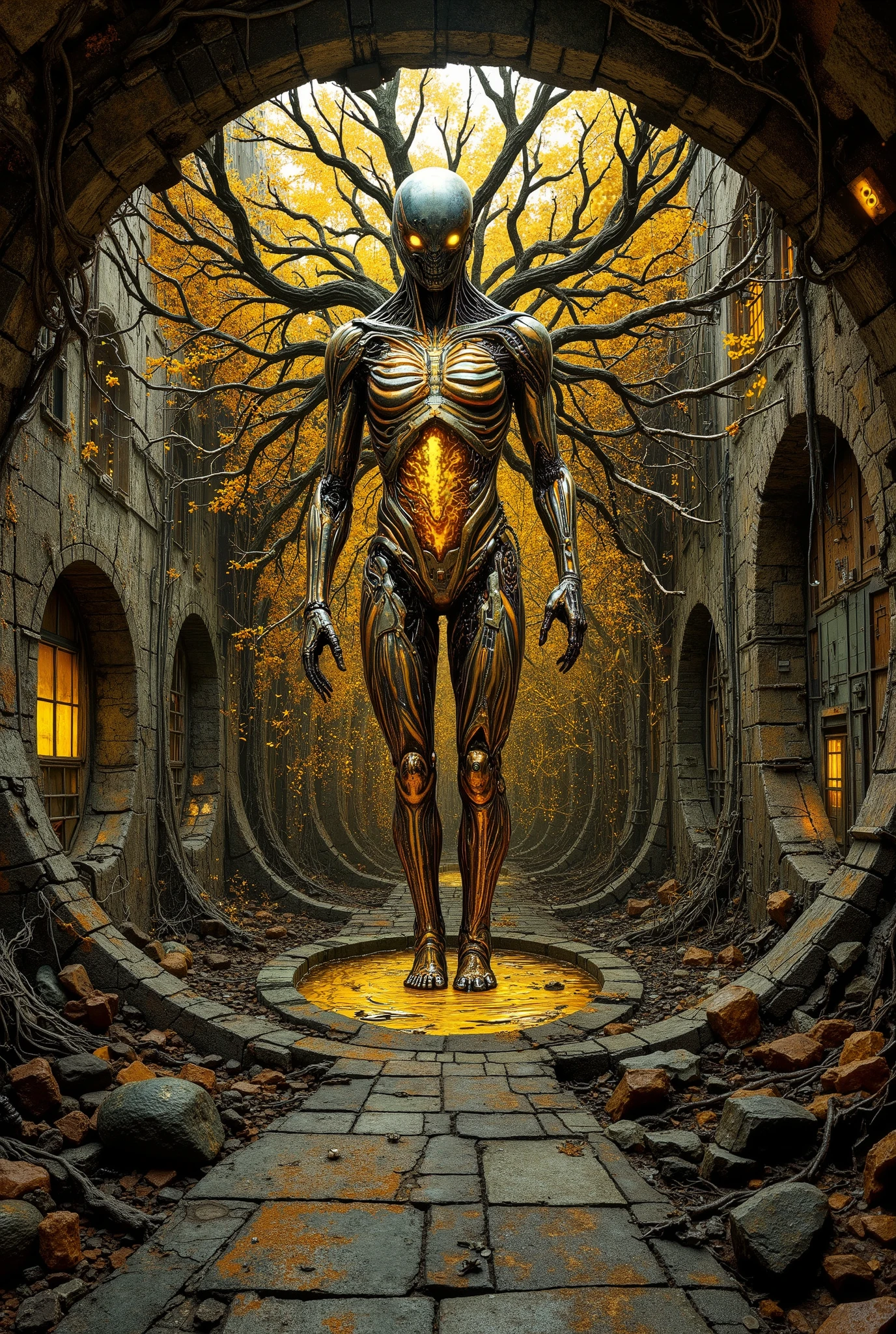
The structure pulses, not with light, but with life—organic, mechanical, indistinguishable. The walls breathe in rhythmic contraction, surfaces shifting between polymer smoothness and raw, fibrous matter. Flesh where there should be metal. Metal where there should be nothing. Giger-like biomechanical veins pulse through the corridors, branching, intertwining, threading through conduits that do not lead anywhere. The floor does not hold. It shifts, undulates, sensing each movement, adjusting. Duchamp-like distortions fracture its texture—surfaces layered in incomplete transparency, each step landing in multiple places at once, dislocating space itself. The architecture refuses to remain static. At the center, a form suspended in liquid, though the containment is unclear. It is neither glass nor membrane, a Klein-like contradiction of material that holds yet does not contain. The subject within is unfinished—limbs in varying stages of completion, a body sculpted not by evolution but by intervention. It twitches, but not from will. The nerve endings glow, circuits and veins indistinguishable. The air is thick with sound—an ambient hum that should not exist, not within silence, not without source. The machines do not whir, the organs do not function, yet the sound persists, embedding itself in the background like an auditory stain. Goya-like shadows stretch along the ceiling, not cast by light, but by something else, something growing. The colors do not blend. The light is surgical, Caravaggio-like precision illuminating the flesh-metal hybrid in stark contrasts, revealing too much, hiding nothing. There is no blood, only fluid, thick and golden, pooling where bodies should be whole, seeping through synthetic capillaries that should not have formed. Beyond the containment, figures move. Not people, not machines, something between—gestures hesitant, frames elongated in Schiele-like abstraction. The outlines stutter, not designed for smooth movement, limbs
提示词
复制
The structure pulses, not with light, but with life—organic, mechanical, indistinguishable. The walls breathe in rhythmic contraction, surfaces shifting between polymer smoothness and raw, fibrous matter. Flesh where there should be metal. Metal where there should be nothing. Giger-like biomechanical veins pulse through the corridors, branching, intertwining, threading through conduits that do not lead anywhere.
The floor does not hold. It shifts, undulates, sensing each movement, adjusting. Duchamp-like distortions fracture its texture—surfaces layered in incomplete transparency, each step landing in multiple places at once, dislocating space itself. The architecture refuses to remain static.
At the center, a form suspended in liquid, though the containment is unclear. It is neither glass nor membrane, a Klein-like contradiction of material that holds yet does not contain. The subject within is unfinished—limbs in varying stages of completion, a body sculpted not by evolution but by intervention. It twitches, but not from will. The nerve endings glow, circuits and veins indistinguishable.
The air is thick with sound—an ambient hum that should not exist, not within silence, not without source. The machines do not whir, the organs do not function, yet the sound persists, embedding itself in the background like an auditory stain. Goya-like shadows stretch along the ceiling, not cast by light, but by something else, something growing.
The colors do not blend. The light is surgical, Caravaggio-like precision illuminating the flesh-metal hybrid in stark contrasts, revealing too much, hiding nothing. There is no blood, only fluid, thick and golden, pooling where bodies should be whole, seeping through synthetic capillaries that should not have formed.
Beyond the containment, figures move. Not people, not machines, something between—gestures hesitant, frames elongated in Schiele-like abstraction. The outlines stutter, not designed for smooth movement, limbs
信息
模型 & 风格
共 0 条评论
9
0

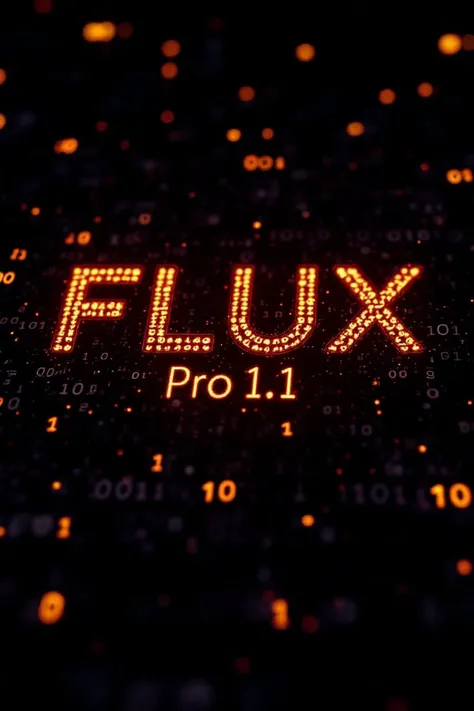
![🔪 Horror 🎃 Dark Film / Abandoned [FLUX]](https://image.cdn2.seaart.me/temp-convert-webp/highwebp/static/images/20240923/6c8531766d30abce5e002d434d1d05cd_low.webp)

![Experimental Photography [FLUX]](https://image.cdn2.seaart.me/temp-convert-webp/highwebp/static/images/20240906/31d0cad7d6bab047e30976d205d52fbb_low.webp)

